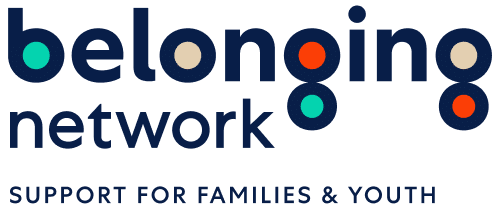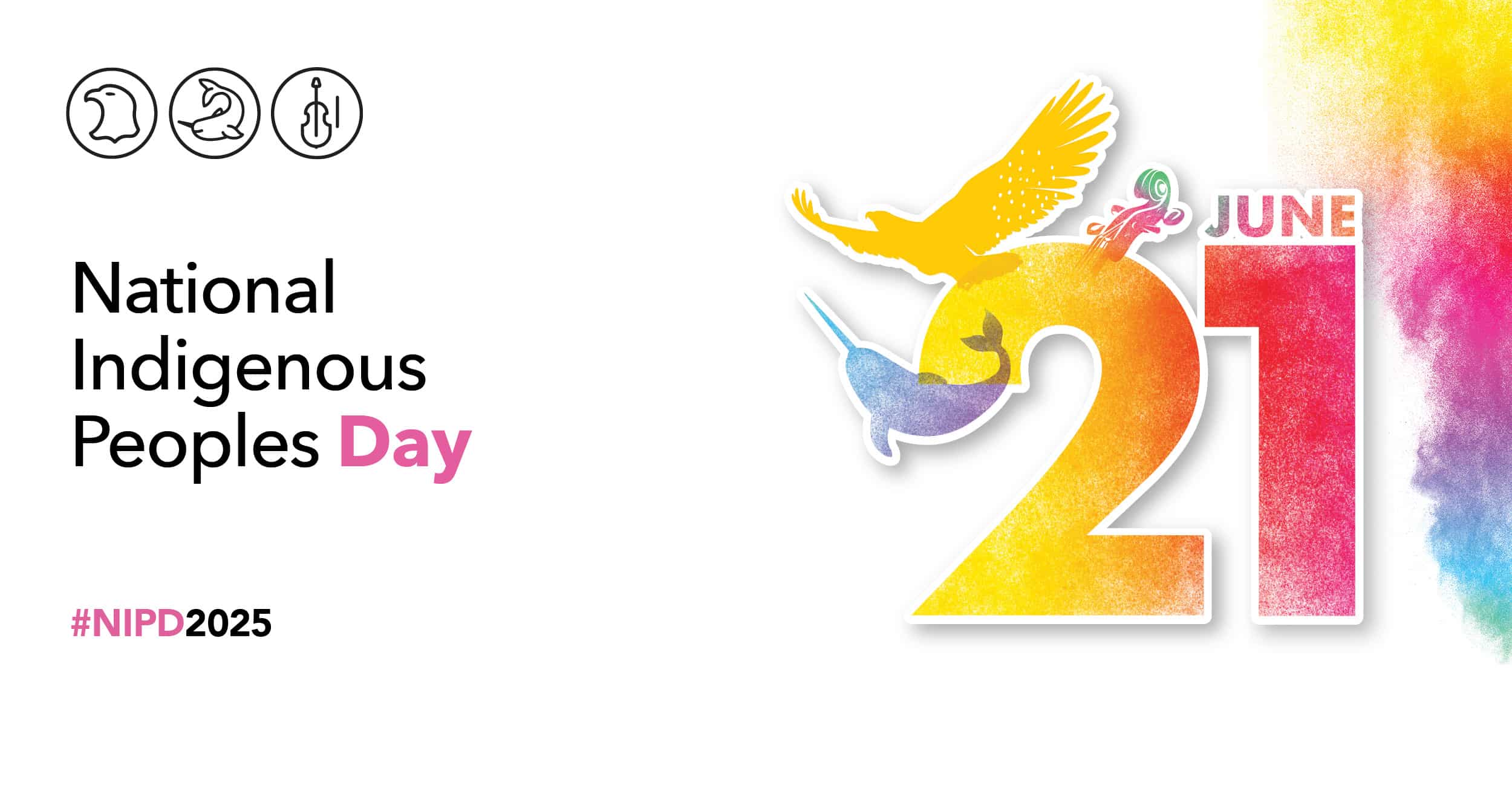Taking a child’s strengths as the starting point to solving their problems, and involving family and community, can work wonders.
Chris Mundy sees his job as a combination of detective and anthropologist. After our interview, it’s easy to see why.
As a behaviour consultant with CBI Consultants of Burnaby, Chris spends his days immersing himself in the culture of a particular child and unraveling the often knotty problem of why he or she is getting into trouble at home or school. Then, along with the child and the people in his or her life, he finds ways to help them. The results can be quite remarkable. Darren, aged 11, is a good example.
Meet Darren
Darren is a sociable, caring young boy who has a good sense of humour. Despite those great qualities, he gets into trouble at school. He has tantrums, he becomes aggressive with the other kids, and he ends up being punished and excluded. It’s making his life a misery. Darren has been diagnosed with Pervasive Development Disorder, Borderline Autism and Attention Deficit Disorder. Ritalin hasn’t worked.
The first thing Chris, an adoptive parent as well as a behavioral consultant, wants to discover is what happens before Darren’s behaviour starts to cycle out of control. Knowing that how Darren makes sense of the world will provide solutions, Chris interviews Darren, his family, and school staff. He also employs the anthropologist’s research method of participant observation. He sits in on Darren’s classes and watches.
What Chris notices is that Darren finds large, noisy groups of kids hard to cope with. He assumes that negative comments are being directed at him, which they sometimes are and, when that happens, he gets red-faced, his fists and teeth clench, he starts to tear up, and he quickly becomes aggressive. That gets him punished and excluded. Chris realizes that the function of Darren’s misbehaviour is escape.
With that intelligence, Chris talks to the teachers and explains how to help Darren before the situation gets out of control. Darren is given permission to leave such situations and to ask for help. He is taught simple stress management techniques, and how to recognize when his anger is building up.
Another vital clue to helping Darren was noticing that one particular child, Jordon, was bullying him—Darren is pretty easy to get a rise out of. As well as being in the same school, Jordon also lives on the same street, which means double trouble for Darren.
Getting the bullying to stop was just as vital as teaching Darren how to cope with it. So Chris ran a “friendship lab” with the kids in Darren’s class, which helped the children assess their ability to be a good friend (Chris coaches Darren with some of the answers beforehand so that when Darren answers them, he looks impressive). The kids also learn what it might like to have a range of different learning needs and challenges, such as a visual or hearing impairment and fine motor challenges. This helps them understand how it feels to be anxious and frustrated. They also learn how to compliment one another rather than criticize.
Once a more positive culture was developed in the class, Chris’s next strategy was to recruit Jordon (the bully), with the permission of his parents, to help Darren understand subtle social cues, how to see things from other people’s points of view, and how to handle other kids by acting out various scenarios that could lead to trouble. Jordon succeeded in giving Darren more insight into the social norms of the school and how to interact with other kids. For instance: rather than just grabbing the ball when he wants to join a ball game, Darren is taught how to ask if he can participate. During those exercises, Jordon discloses why he thinks he is bullying. There is trouble at home, he’s feeling awful about his life and himself and is taking it out on Darren.
Remarkably, these exercises and the time they spend together bring the two boys to a new understanding and a good friendship where each helps the other. Darren has even found himself teaching other peers how to handle difficult situations.
This mixture of finding the reason behind Darren’s behaviour, teaching him how to recognize what triggers it, how to handle it, and the work with Darren’s teachers and peers, works wonders. Darren is targeted far less often and, when he is, he can handle it. The culture in the classroom and outside of it has greatly improved, so has Darren’s academic work. Darren now has a decent social network of friends.
Because Chris examines Darren’s world from all aspects, he also notices that his relationship with his father is poor. They scream and yell at each other when things become hard, and Darren constantly tells his Dad that he hates him.
Chris suggests that, using a comic strip format, they draw out what happens during a conflict. Using this visual method enables them to notice when things go sour. They then draw out an alternative scenario that outlines what could have happened had they taken a more positive approach—a method they continue to use.
Chris also taught Darren’s parents the relaxation and tension handling techniques that he’d worked through with Darren. The tension level at home has dropped considerably.
Using the strength-based approach to solving problems, Darren is also encouraged to take up badminton (he finds team sports hard), and he joins the Scouts. His Dad joined too—he’s now a Scout leader. Because Darren explained that he was good at making things, he was encouraged to build on those skills. Kids in his class now ask him to help with projects that involve some sort of construction.
Meet Allie
Recruiting peers to help solve problems was a technique also used by Chris’s CBI colleagues, Paul Malette and Fran Gorlick, when they were asked to help Allie, a young girl who was skipping school and beginning to engage in self-harming behaviours. She was soon moving from middle school to high school, and she and her family were very worried about the change.
Allie, aged 13, was adopted from a Romanian orphanage at the age of two. A lively girl with a great sense of humour, Allie has been diagnosed with Autism. Her excellent verbal skills mask some of the difficulties she has in reading social cues and mixing with peers.
As part of their comprehensive analysis of Allie’s world, Paul and Fran ask her to explain what she’s good at. She says she’s great at looking after goats and sheep (she lives on a small hobby farm), she likes basketball and wrestling, and she likes acting and looking after children in wheelchairs. When asked what she would like for her future, she says she wants to stay at home with her family and look after animals.
Paul also asks Allie what she finds hard. School, she explains, is a nightmare. “Try being me for a day,” she says. “Try looking like an idiot, being in the cafeteria alone because everyone else is in groups—even the nerds have groups.” Through her revealing answers Allie’s message is “I don’t understand how to handle school and other kids, I’m scared, I’m socially isolated, and I want to run away.” But, by explaining her strengths, Allie had also given vital clues as to how to solve her problems.
Paul, Fran, and Allie’s mother went to the kids in Allie’s church youth group and the kids in the school film class and asked them to help. They filmed scenarios of various school situations and modelled for Allie how to react to and behave in certain situations. This is great for Allie because she is a visual learner. Not only does this give her important social intelligence, it also helps her form friendships within the group. Allie also joined the high school wrestling team, which provides more valuable friendships and a sense of belonging. With the support of CBI Consultants, Allie’s team teaches her self-control strategies, how to calm herself down, and how to problem solve.
Allie is now 19 and she’s a provincial wrestling champion. She even won a scholarship to college through her wrestling.
Allie’s confidence and social network has improved so much that she’s even left home. She lives with another young woman, and she does a mixture of volunteer and paid work with animals and children. From the unhappy, scared girl who wanted to hide away in the safety of home, Allie’s life has done a complete turnaround.
Building positive pathways
Paul Malette explains that Darren and Allie are not unusual and that many children and youth can do just as well if they get similar help. “We get right down to where the problems for these kids arise,” he explains. “We go into their home, their school, and their community. Once we have the complete picture, we use the child’s strengths to map out support strategies so that we can improve their quality of life. We build positive pathways out of trouble. Most often, the child will lead you to their problems and to the solutions if you ask them—even children that don’t have good verbal communication. Our aim is to empower the people in the child’s network so that the need for our intervention fades over time. If parents actively seek solutions, are prepared to make changes, and if they have a good support network and the other people in the kids’ lives are onboard, the outcomes can be great,” he explains.
CBI Consultants work with children and youth with a wide range of challenges. It can take around 40 hours of assessment to develop a positive behavioural support plan. The cost is just below $5,000. Following the plan, CBI works with a child, his or her family and community to come to a positive outcome. This support is fairly intensive for about a year. And though the aim is for the team around the child to become self-sufficient, CBI will follow-up on a long-term basis if needed.
As they were both diagnosed with Autism, Darren and Allie accessed the CBI service with their individualized Autism funding (facilitated by Community Living British Columbia). In some cases, the Ministry of Children and Family Development will also provide funding for the assessment through the Post-Adoption Assistance Program. Talk to your social worker for more information on PAA.






